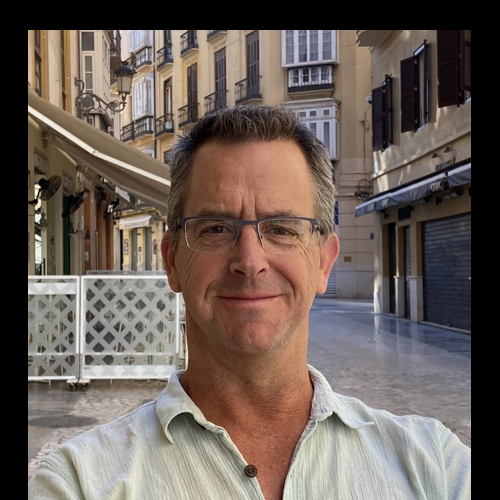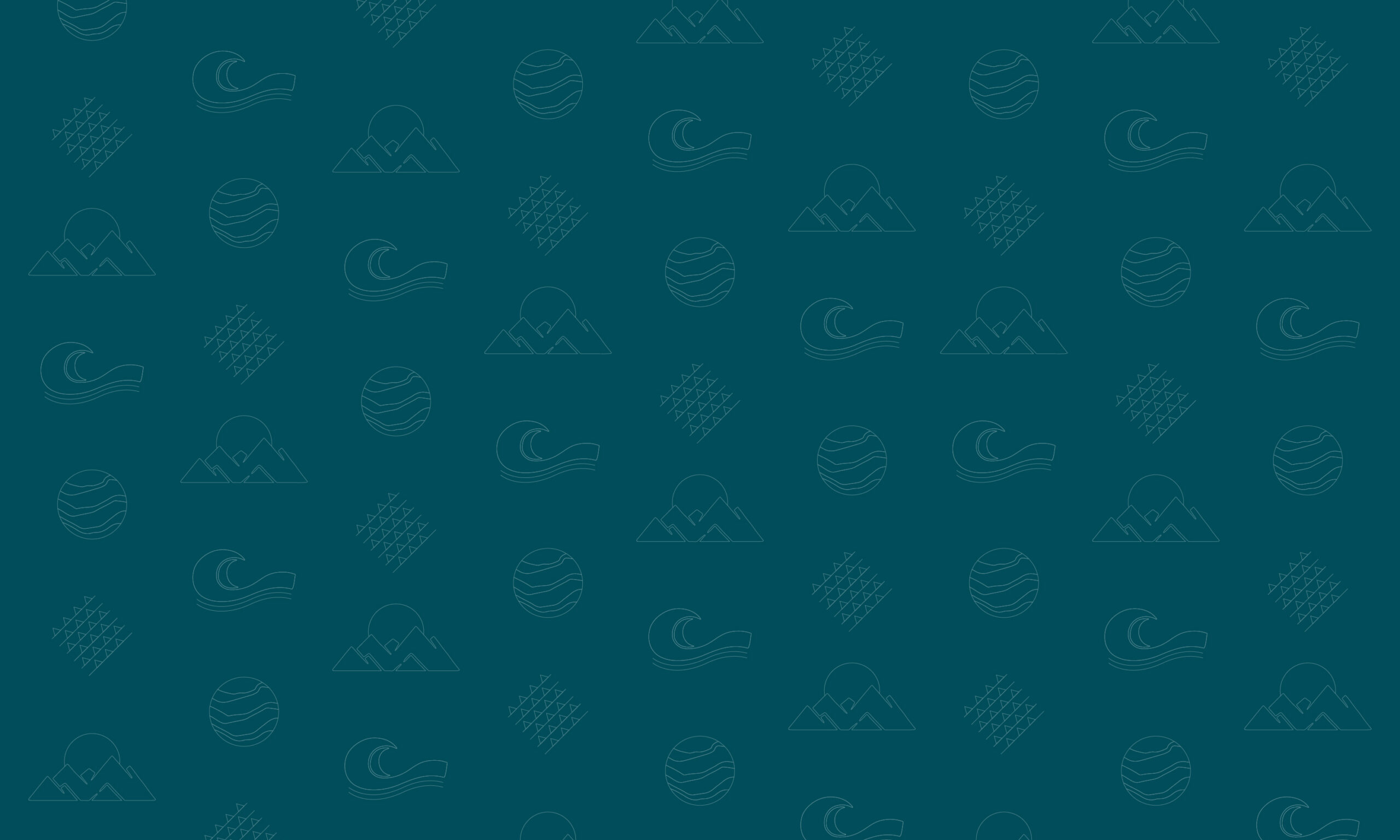
CRESCENT Annual Meeting
CRESCENT Annual Meeting
October 28-29, 2025
Seattle, WA
Meeting Goals

CRESCENT Annual Meeting
The CRESCENT Annual Meeting will:
1) Showcase advances in subduction zone science;
2) Provide an update across CRESCENT activities on progress and next steps; and
3) Foster connections between collaborators.

Meeting Details

This meeting has concluded.
For more information, please contact us at cascadiaquakes@uoregon.edu.
Meeting Information Packet

Contents:
Full agenda
Presenter bios
Poster titles and authors
Attendee list
Presentation slides – See links in agenda below for available slide decks
Agenda

Notes: All times Pacific Time. Agenda is tentative and subject to change.
Monday, October 27
Offshore Observations Topical Workshop
Please see topical workshop website for details.
Tuesday, October 28 – Day 1 CRESCENT Annual Meeting
8:00 Check in and coffee
8:30 Opening Address
Comments from PG&E – Albert Kottke, Geotechnical Earthquake Engineer, Pacific Gas & Electric
CRESCENT welcome and overview – Diego Melgar, Associate Professor / Director, University of Oregon / CRESCENT
9:00 Variability in Slip Behavior on the Cascadia Megathrust—from Dynamic Rupture to Slow Slip
“Fiber-Optic Strain Observations of Plate Boundary Behavior: Current Achievements and Future Prospects from Oceanic Plate Scale to Near-Fault Processes” presented by Dr. Eiichiro Araki, Group Leader, JAMSTEC
“Investigating Variability in Shallow Megathrust Slip: Cascadia in a Global Context” presented by Tianhaozhe Sun, Research Scientist / Adjunct Assistant Professor, Geological Survey of Canada / University of Victoria
10:00 Break
10:30 Frontiers in Dynamic Rupture and Earthquake Cycle Models
“Dynamic Rupture Models in Cascadia” presented by Alice Gabriel, Associate Professor, University of California San Diego
“Recent challenges and discoveries in modeling the seismic cycle” presented by Brittany Erickson, Associate Professor, University of Oregon
“3D frictional and viscous earthquake cycle model of the Cascadia subduction zone” presented by Wenqiang Zhang, Postdoc, Stanford University
“CRESCENT Tsunami Benchmark (TTPV1 and TTPV2): 3D fully coupled earthquake dynamic rupture and tsunami benchmarks with varying bathymetric complexity” presented by Fabian Kutschera, PhD Student, Scripps Institution of Oceanography / University of California, San Diego
“Interseismic Coupling and the Viscoelastic Earthquake Cycle at Cascadia” presented by Kaj Johnson, Professor, Indiana University
“The CRESCENT Generation 0 Community Velocity Model” presented by Bin He, Postdoc, University of Oregon
12:00 Lunch on own
Students & Postdocs: Meet the CRESCENT Leadership
Students, post docs, and early career researchers are invited to eat lunch with members of CRESCENT leadership for an optional networking opportunity.
1:15 CRESCENT Presentations
CRESCENT Science and Cyberinfrastructure – Harold Tobin, Professor / Science Planning Lead, University of Washington / CRESCENT
Geoscience Education and Inclusion (GEI) Pillar update – Andrew Meigs, Professor Emeritus / GEI Program Lead, Oregon State University / CRESCENT
Partnerships and Applications (P&A) Pillar update – Valerie Sahakian, Associate Professor / P&A Lead, University of Oregon / CRESCENT
2:30 Break
3:00 Windows into the Past: Cascadia Region Paleoseismology
“Challenges in developing long-term earthquake and tsunami records in western Canada: a northern Cascadia perspective” presented by Jessica Pilarcyzk, Associate Professor & Canada Research Chair, Simon Fraser University
“Paleoseismic investigations of Quaternary active faults in the forearc and backarc of the central Pacific Northwest, U.S.A.” presented by Ashley Streig, Earthquake Hazards and Geophysics Program Manager, Washington Geological Survey
“Rashomon at the Sound: Reconstructing all possible paleoearthquake histories in the Puget Lowland through topological search” presented by Richard Styron, Active Fault Specialist, Global Earthquake Model Foundation
“Deciphering the record of Cascadia megathrust and crustal earthquakes from lake sediments” presented by Elana Leithold, Professor Emerita, North Carolina State University
4:30 Poster and Digital Media Session and Reception
6:00 Day 1 adjourns
Wednesday, October 29 – Day 2 CRESCENT Annual Meeting
8:00 Check in and coffee
8:30 Science of Tsunamis, Modeling, and Hazard Application
“From Research to Operations: Preparing for the Next Big Tsunami” presented by Amy Williamson, Research Scientist, University of California, Berkeley
“Tsunami morphodynamics and its effects on hazard modulation and critical structures fragility” presented by Erick Velasco-Reyes, Postdoctoral Scholar, Oregon State University
“Developing Next Generation Tsunami Products for the Oregon Coast” presented by Jonathan Allan, Coastal Geomorphologist / Oregon NTHMP Science Lead, Oregon Department of Geology and Mineral Industries
“The paleotsunami deposit sieve: Minimum estimates of tsunami inundation as constraints on Cascadia Subduction Zone rupture models” presented by David Small, Postdoc, University of Oregon
10:00 GEI Programs in Action
“Cascadia Culture and geoScience Exchange (CCASE): Updates and Upcoming Plans” presented by Julia Grossman, Graduate Student / CASE Makah Lead, University of Washington and Madeleine Lucas, Coastal Resilience Fellow / PhD Candidate, Shoalwater Bay Indian Tribe / Washington Sea Grant / University of Washington
“Modeling earthquakes with undergraduate students: challenges & highlights” presented by Betsy Madden, Assistant Professor, San José State University
“Cores-to-Code, June 7-27, 2025: a three-week immersion for college level students into paleoseismology research and applications” presented by Harvey Kelsey, Research Associate, Cal Poly Humboldt
10:30 Poster and Digital Media Session
12:00 Lunch on own
1:00 Landslides, Liquefaction and Cascading Hazards
“When Earthquakes Rock, Sediment Rolls: Lasting Seismic Impacts on Land Surface Hazards” presented by Brian Yanites, Associate Professor, Indiana University Bloomington
“Landslides, Lakes, and Landscapes: decoding slope-failure history in Cascadia” presented by Will Struble, Assistant Professor, University of Houston
“Cyclic and Post-Cyclic Behavior of Silt-Rich, Transitional Soils of the Pacific Northwest: A Data Archive for Geo-professionals in Practice and Research” presented by Arash Khosravifar, Associate Professor, Portland State University
“Co-development of landslide research to inform risk reduction in SE Alaska” presented by Joshua Roering, Professor, University of Oregon
2:30 Break
3:00 Concurrent sessions: CSZ Frontiers
4:30 Closing Remarks
“Spaceships, bridges, and earthquakes: what is the cost of information?” presented by Alex Steely, Assistant Director for Geologic Hazards and Mapping, Washington Geological Survey
5:00 CRESCENT Annual Meeting concludes
Thursday, October 30
Ground Motion Modeling Topical Workshop has been postponed.
Please see topical workshop website for details and new date info when rescheduled.
Photo Gallery


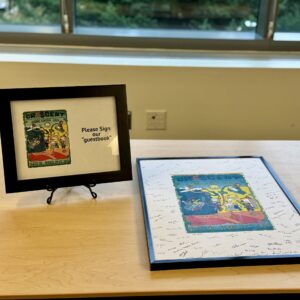
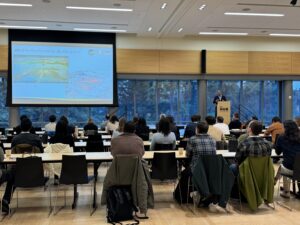
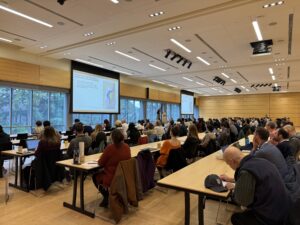
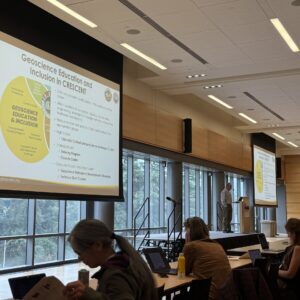
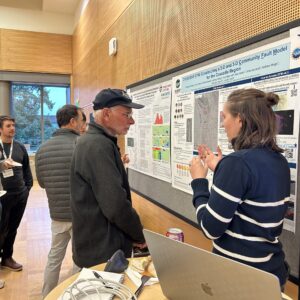
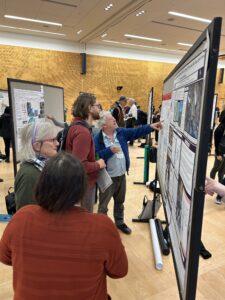
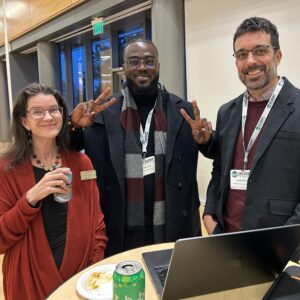
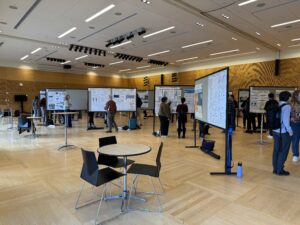


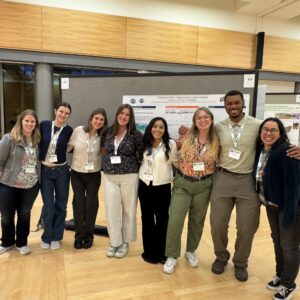
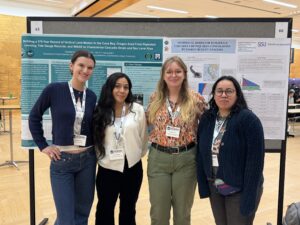

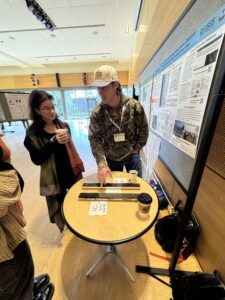
Planning Committee

CRESCENT leaders bring expertise and connections from across the spectrum of engineering, research, and practice to guide the planning process.
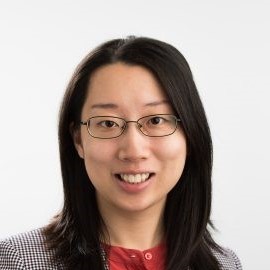
Yihe Huang
University of Michigan
yiheh@umich.edu
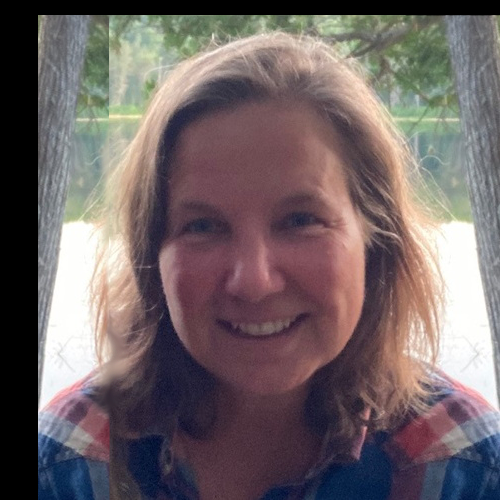
Andrea Hawkes
University of North Carolina Wilmington hawkesa@uncw.edu
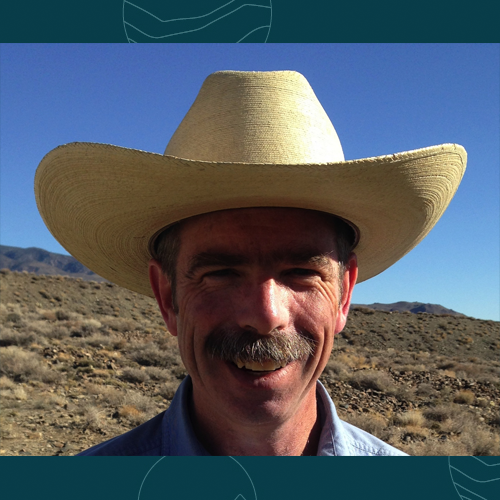
Andrew Meigs
Oregon State University
andrew.meigs@oregonstate.edu
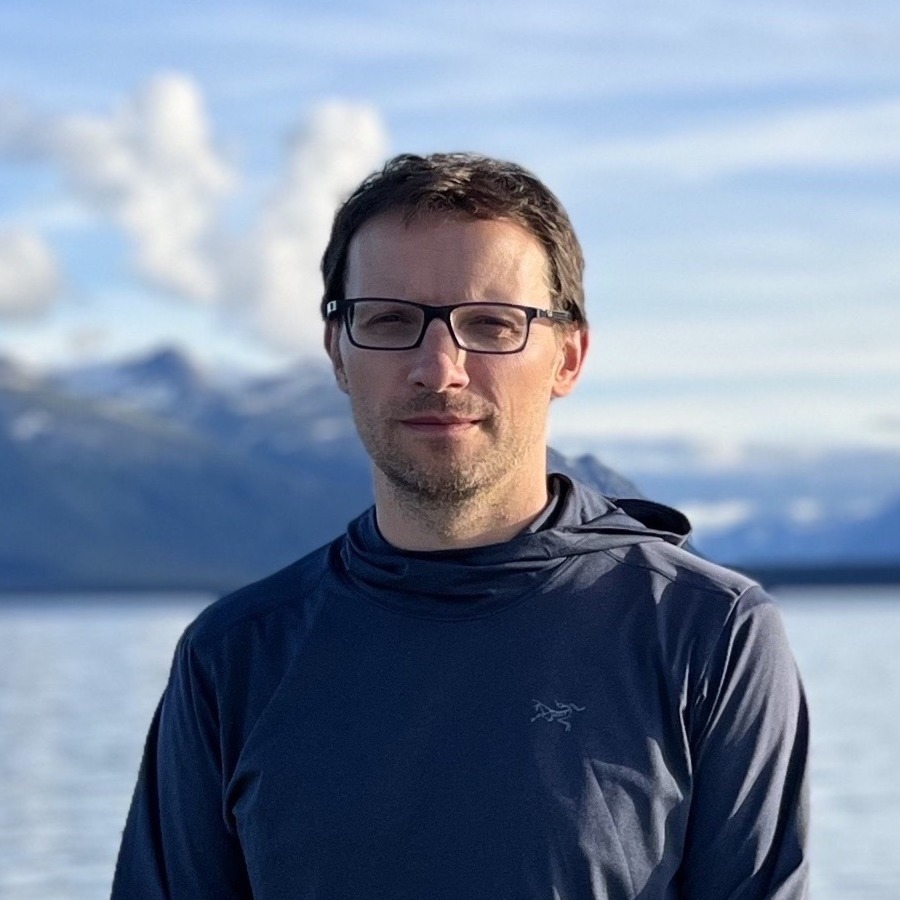
Dr. Ed Nissen
University of Victoria

